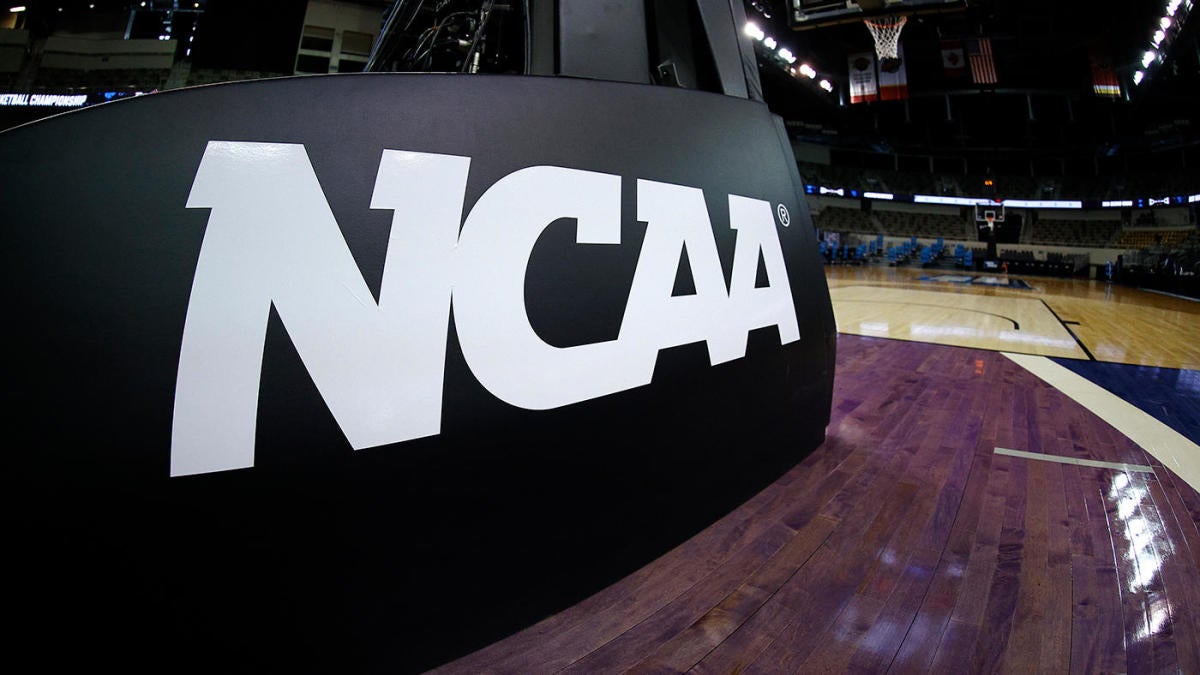Unpacking the Transformation: How AI Intersects with the Evolving College Sports Landscape
The ongoing revolution reshaping college sports through the House v. NCAA settlement creates a fertile ground for artificial intelligence (AI) to play a pivotal role. As financial models shift and regulatory frameworks tighten, AI emerges as an essential tool to manage complexity, optimize operations, and enhance the student-athlete experience.
AI as a Compliance and Oversight Ally
One of the settlement’s core demands is rigorous compliance with new pay structures and NIL deal regulations. AI-driven platforms can automate contract analysis, flag potential compliance breaches, and monitor real-time payments, reducing administrative errors and regulatory risks. Machine learning algorithms can sift through enormous volumes of financial and legal data with speed and precision unattainable by human teams alone.
Moreover, AI-powered auditing mechanisms can uphold fairness in revenue sharing and deal enforcement, ensuring transparency between athletes, schools, and governing bodies. This tech-enabled oversight is crucial to prevent exploitation and maintain equitable opportunity among institutions of varied sizes and resources.
Enhancing Competitive Balance Through Predictive Analytics
The settlement heightens the risk that wealthier programs may widen competitive gaps by deploying lucrative athlete compensation. AI’s predictive analytics can help conferences and the NCAA anticipate potential imbalances by modeling recruitment trends, athlete performance metrics, and compensation figures. Equipped with these insights, regulators could design dynamic policies or incentive schemes to curtail talent monopolies and sustain competitive diversity.
Similarly, universities can employ AI to refine recruiting strategies, identifying promising athletes whose talents and marketability align with institutional goals. Enhanced data-driven decision-making fosters strategic investments in athlete development and resource allocation.
Supporting Student-Athlete Well-being with AI Insights
As financial and commercial pressures mount on athletes, AI tools advance holistic support frameworks. Sentiment analysis on social media and personal communications can detect early signs of stress or burnout, prompting timely interventions. Personalized performance analytics, integrated with academic tracking systems, enable tailored training and study schedules that balance athletic commitments with education.
Furthermore, AI chatbots and virtual assistants can provide accessible legal, financial, and health guidance, helping athletes navigate the complex post-settlement environment more confidently and independently.
Navigating Ethical and Legal Complexities
While AI offers powerful solutions, it introduces ethical questions tied to data privacy, algorithmic bias, and decision transparency. Deploying AI in monitoring compliance or athlete welfare must ensure respect for confidentiality and equitable treatment across diverse demographics.
Institutions should adopt AI governance frameworks that incorporate human oversight and clear accountability to mitigate risks of misuse or unintended consequences. Only through responsible implementation can AI truly serve as a fair ally in the new era of college sports.
Conclusion: AI as a Strategic Partner in a New Sports Epoch
The House v. NCAA settlement transforms the economic and cultural fabric of collegiate sports, opening thrilling opportunities and intricate challenges. AI stands out as a transformative force capable of managing this complexity—in compliance enforcement, competitive balance, athlete support, and ethical stewardship.
Harnessing AI thoughtfully will empower stakeholders to navigate uncharted terrain with agility and fairness, ultimately enriching the collegiate sports ecosystem for athletes, institutions, and fans alike. This technological partnership signals not just a new chapter, but a dynamic collaboration shaping the future of college athletics.

